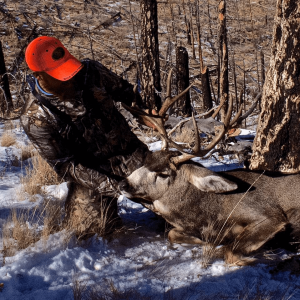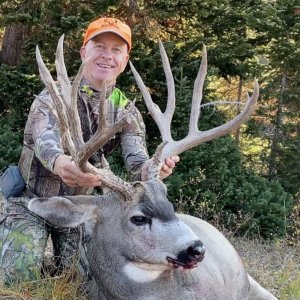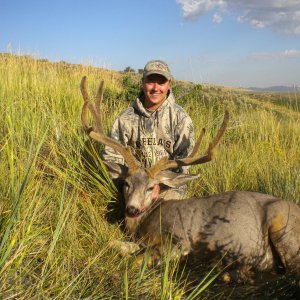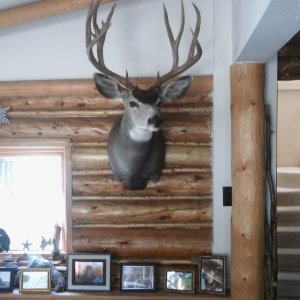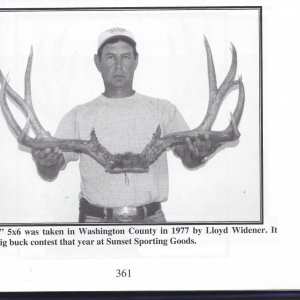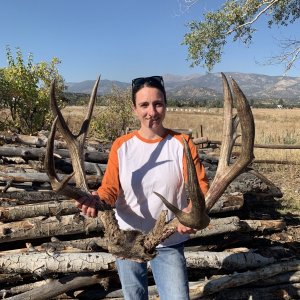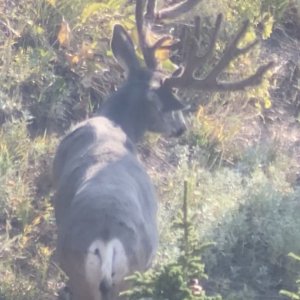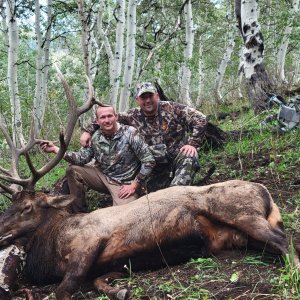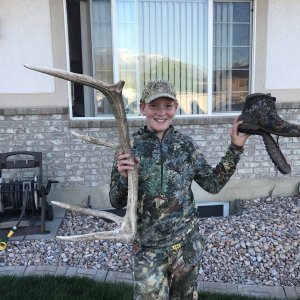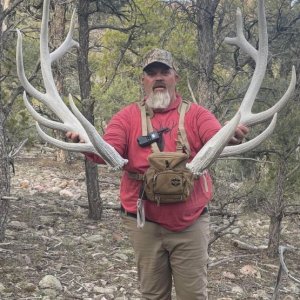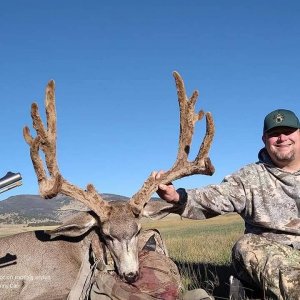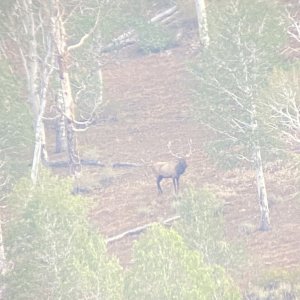huntfishall1
Active Member
- Messages
- 393
Can anyone tell me how hard it would be to have a taxidermist re-position the antlers on a finished mule deer shoulder mount?
I always cut the skull in half in order to ship my antlers back with some gear in a large box. The last mule deer I got had a fairly narrow rack. To make a long story short the antlers on the mount are definitely narrower than in real life - I took measurements and have pictures. Somewhere there was a mistake. I'm done using the taxidermist and looking for a new one for several reasons, but wanted to know how difficult if would be (or how much $$$) to have another taxidermist reposition the antlers to what they were in real life.
I always cut the skull in half in order to ship my antlers back with some gear in a large box. The last mule deer I got had a fairly narrow rack. To make a long story short the antlers on the mount are definitely narrower than in real life - I took measurements and have pictures. Somewhere there was a mistake. I'm done using the taxidermist and looking for a new one for several reasons, but wanted to know how difficult if would be (or how much $$$) to have another taxidermist reposition the antlers to what they were in real life.

